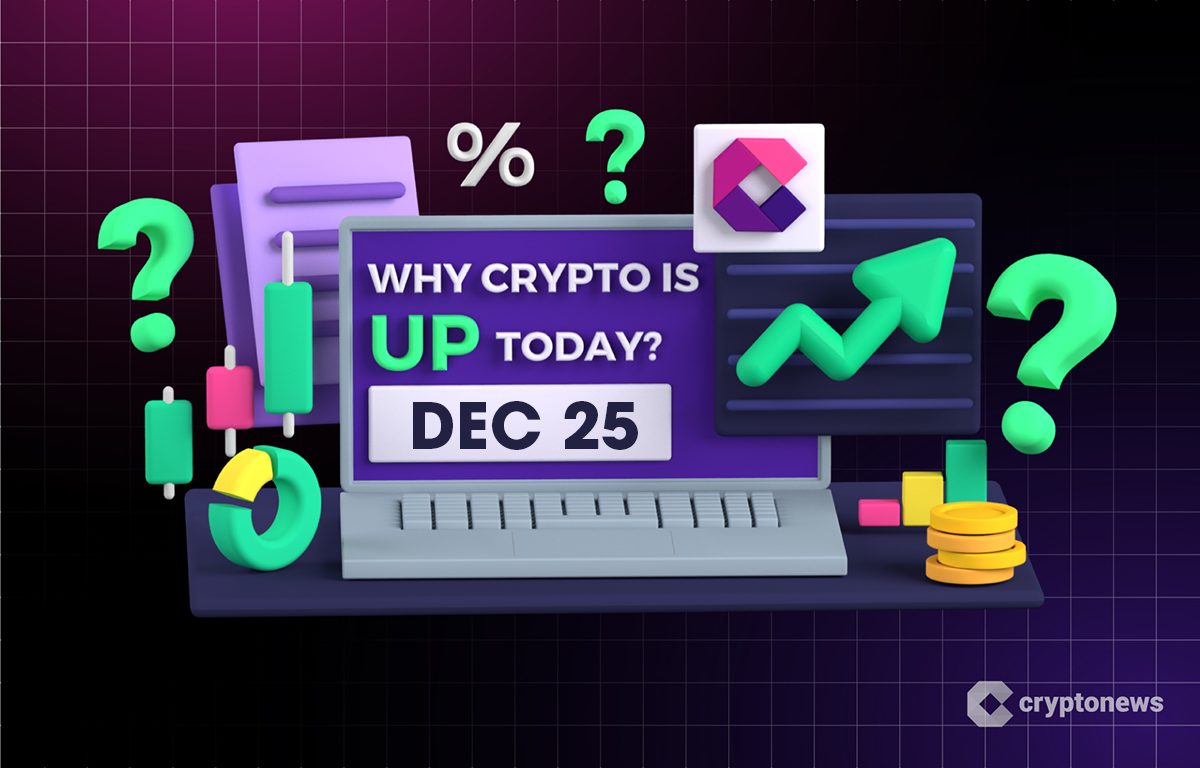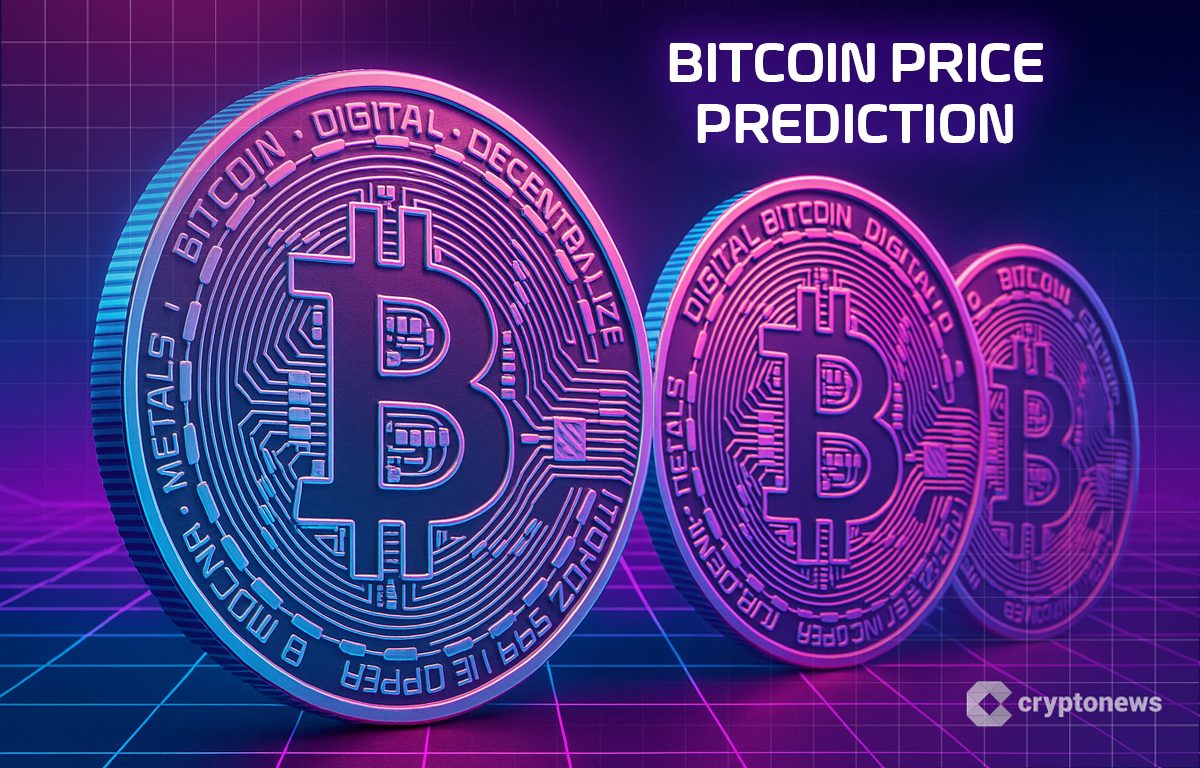On-Chain Maximalism Is Dead: Why Off-Chain Computation Is the Future of Web3

The promise of decentralization has been crippled by the same blockchains that were built to deliver it. Technical limitations tied to various chains have sparked a debate about where to draw the line between on-chain and off-chain computation. This conversation has evolved significantly as blockchain technology matures.
In the early days of Ethereum, on-chain processing was severely limited by the network’s capacity, forcing developers to push the bulk of their computation off-chain. This approach allowed decentralized applications (dApps) to scale, but it also introduced new layers of complexity.
Now, as faster and more scalable blockchains like Solana, Sui, and Aptos have emerged, on-chain computation has once again become a focal point. While this resurgence has created new opportunities for fully on-chain applications, a growing trend suggests that the future of DeFi will not rely solely on on-chain processes. Instead, a balance is emerging, where minimal computation occurs on-chain, and the bulk of the heavy lifting is done off-chain. This shift is more than just a technical preference; it is a critical evolution needed for blockchain scalability, performance, user experience, and efficiency.
In this new paradigm, the future of DeFi will depend not on maximal on-chain operations, but on striking a balance between the two.
The Early Era of Off-Chain Computation Dominance
Before exploring how on-chain maximalism is waning today, it’s crucial to first understand the roots of this shift. Ethereum, the first major smart contract platform, promised to revolutionize dApps, but its early infrastructure imposed significant limitations. With a maximum throughput of only 15 transactions per second, Ethereum struggled to scale as demand surged. As a result, developers were forced to offload much of their application logic off-chain, reserving the blockchain solely for critical processes like settlement. This approach minimized gas fees and took advantage of Ethereum’s security without overburdening the network.
Data source: BlockchairOne early adopter of this model was 0x, a decentralized exchange protocol. By leveraging off-chain computation for trade orders while using Ethereum’s blockchain exclusively for final settlement, 0x managed to significantly reduce transaction costs. This hybrid model allowed the protocol to function more efficiently within Ethereum’s limited throughput while still benefiting from its decentralized trust model.
However, while off-chain computation addressed Ethereum’s performance limitations, it also introduced new risks: the need to trust the entity handling off-chain operations, particularly in order matching, became a challenge. Furthermore, the complexity of a hybrid on-chain / off-chain system is inherently higher than that of a purely on-chain system. Therefore, as blockchain applications grew, developers began considering a different approach.
The Rise of Faster Blockchains and On-Chain Applications
Fast forward to the advent of high-performance blockchains that emerged and gained popularity during 2020’s DeFi summer. With the ability to handle thousands of transactions per second, developers began experimenting with running more complex parts of their applications directly on-chain. Decentralized exchanges (DEXs) now have the capability to operate critical components like order books on-chain, something previously impossible on earlier blockchains due to performance constraints.
For instance, Solana’s OpenBook DEX demonstrates the power of high-performance infrastructure by maintaining its entire order book on-chain, allowing for faster and more transparent order execution. OpenBook supports a variety of asset trades and handles significant volume, but the limitations of this model become evident at scale. Market makers are required to pay gas fees to place and cancel orders, which must happen frequently to react to price movements. In traditional financial exchanges, over 250,000 orders are processed per second, far outpacing the throughput of even the fastest blockchains.
This performance gap results in wider spreads and lower liquidity on on-chain order books, highlighting the challenges of achieving comparable efficiency of on-chain maximalism. As a result, many applications must turn to off-chain computation to avoid bottlenecks at scale and handle intensive processes, ensuring better resource allocation and preventing network congestion.
What the Future Holds for Blockchain Computation
Now, a new equilibrium is emerging—one where most computation occurs off-chain, while blockchains primarily serve as final settlement layers. This shift aligns with a fundamental principle: computation naturally moves where it can be performed most efficiently. Since off-chain computation is dramatically more efficient than on-chain, all feasible work will gravitate there.
For example, Ethereum’s Layer 2 (L2) rollups, such as Optimism and Arbitrum, process transactions off-chain and then periodically settle final states on the Ethereum mainnet. Similarly, Zero-Knowledge Proof (zk-rollups) technology provides a way to verify large-scale computations off-chain while only storing the proofs on-chain. Another promising development is intent systems, where users sign off-chain messages indicating their desired actions, and solvers compete (again off-chain) to fulfill those intents in the most efficient way possible. These innovations reflect a broader trend of minimizing on-chain computation to enhance scalability and efficiency while retaining blockchain security.
Source: OAK ResearchHowever, while this transition helps achieve scalability and reduces congestion, it’s important to note that it does involve trade-offs. Moving compute off-chain can sacrifice certain security properties, but in many cases, these sacrifices are minimal and worthwhile. For example, while rollups slightly degrade censorship resistance, they are still effective, and protocols like 0x require trust in centralized order matching, but this trust is limited and manageable. Ultimately, this model allows blockchains to maintain decentralization and sustainability without forfeiting performance as global adoption grows.
The projects that successfully master the balance between on-chain security and off-chain efficiency will dominate the next phase of Web3 development. Whether through improved L2 solutions, faster consensus mechanisms, or novel off-chain computation methods, this balance will determine which decentralized applications (dApps) can achieve both scalability and trustlessness. As the blockchain ecosystem evolves, only those that optimize this hybrid approach will thrive.
Disclaimer: The opinions in this article are the writer’s own and do not necessarily represent the views of Cryptonews.com. This article is meant to provide a broad perspective on its topic and should not be taken as professional advice.
The post On-Chain Maximalism Is Dead: Why Off-Chain Computation Is the Future of Web3 appeared first on Cryptonews.



